What Does Your Knee Pain Mean?
As an important body structure responsible for movement and weight bearing, the knee is an integral part of our life. Only when moving and bending of the knees become increasingly difficult do we realise how vulnerable our knees are to wear-and-tear or injuries.
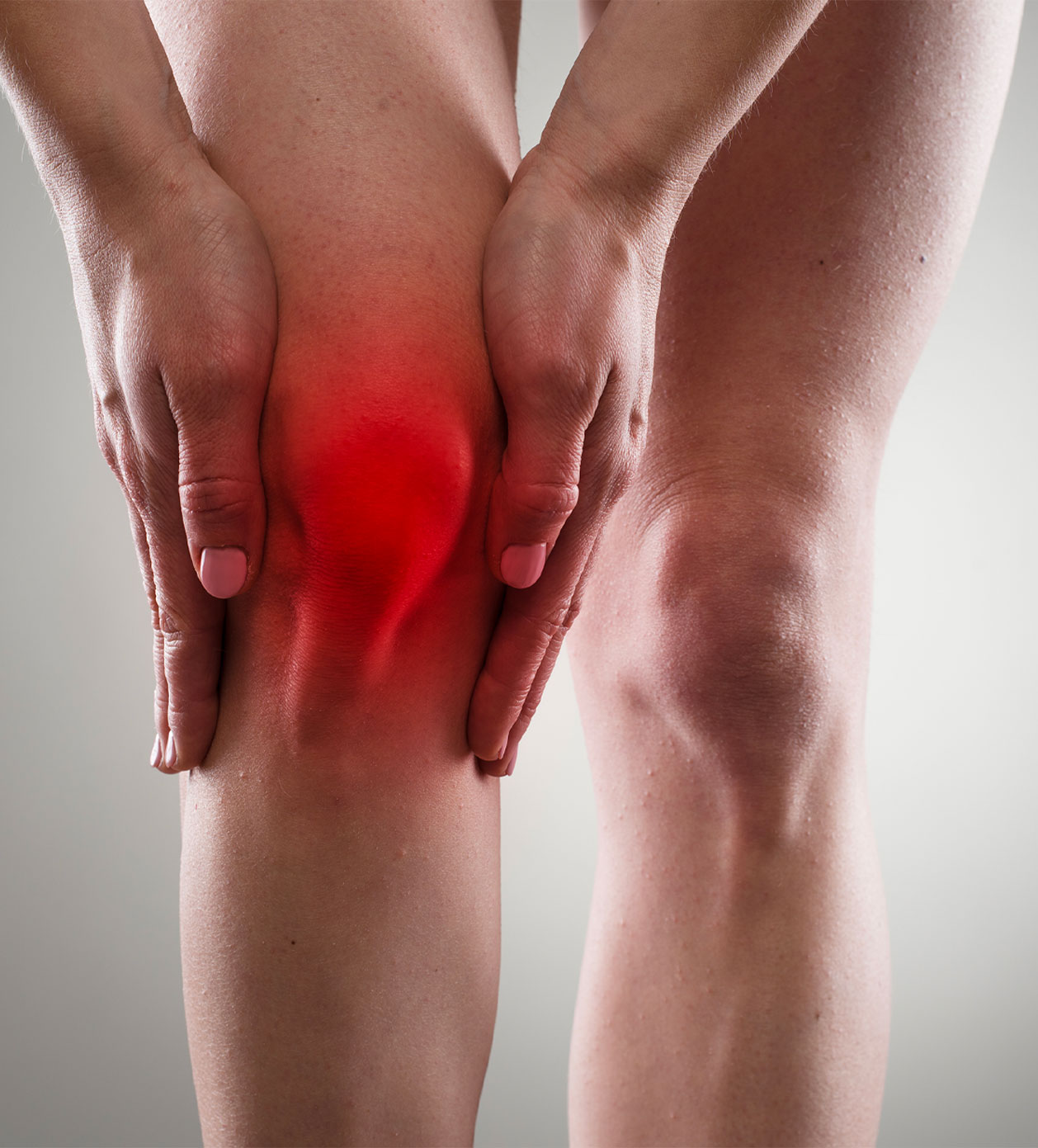
Knee Fractures
A fracture of the knee may be:
Fracture complications such as severe soft tissue trauma will hinder or prolong your healing process.
Reach us at 9711 8888 for same-day or next-day consultation
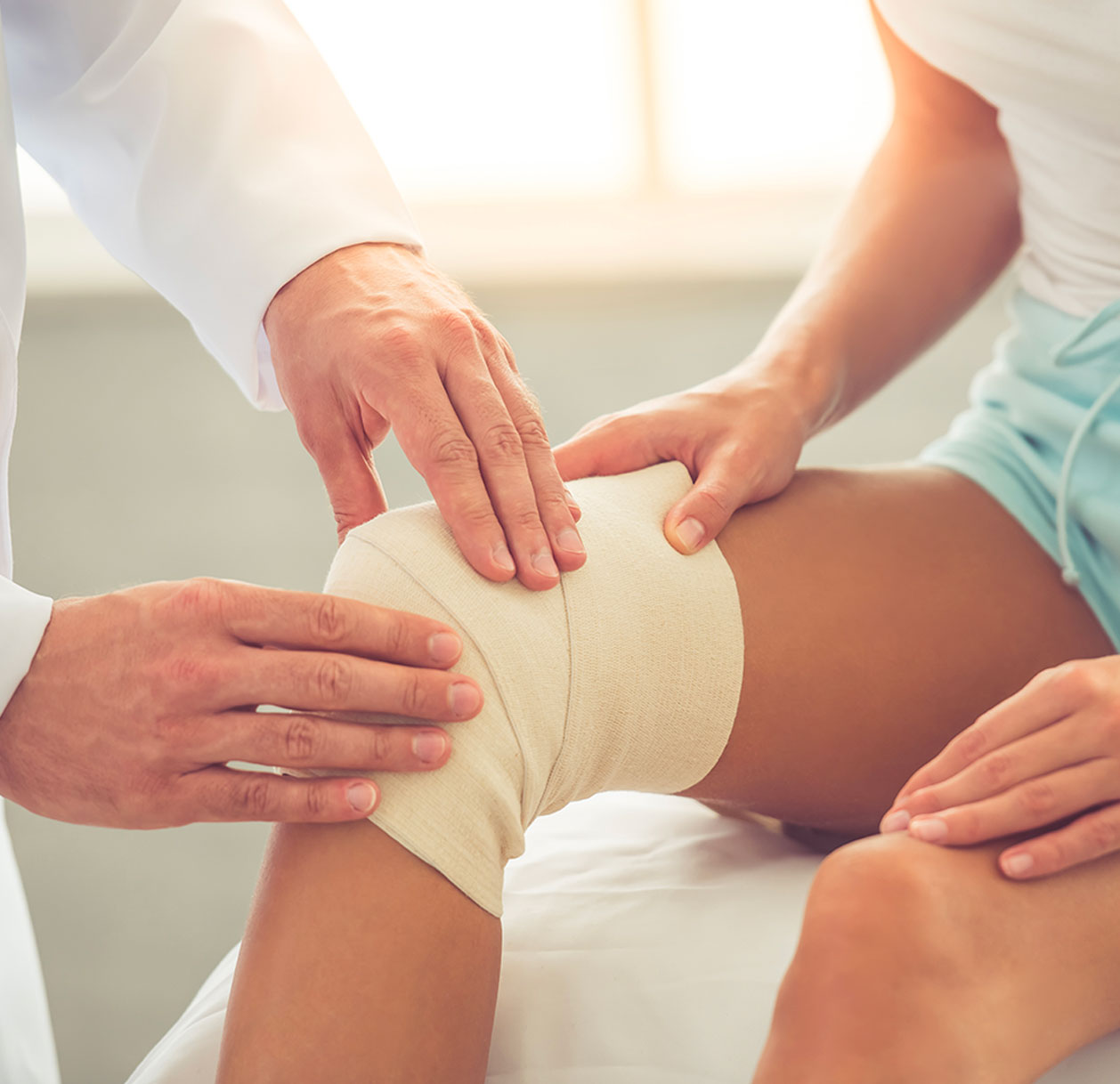
Knee Dislocations
A dislocation occurs when the bones of the knee are out of place, either completely or partially.
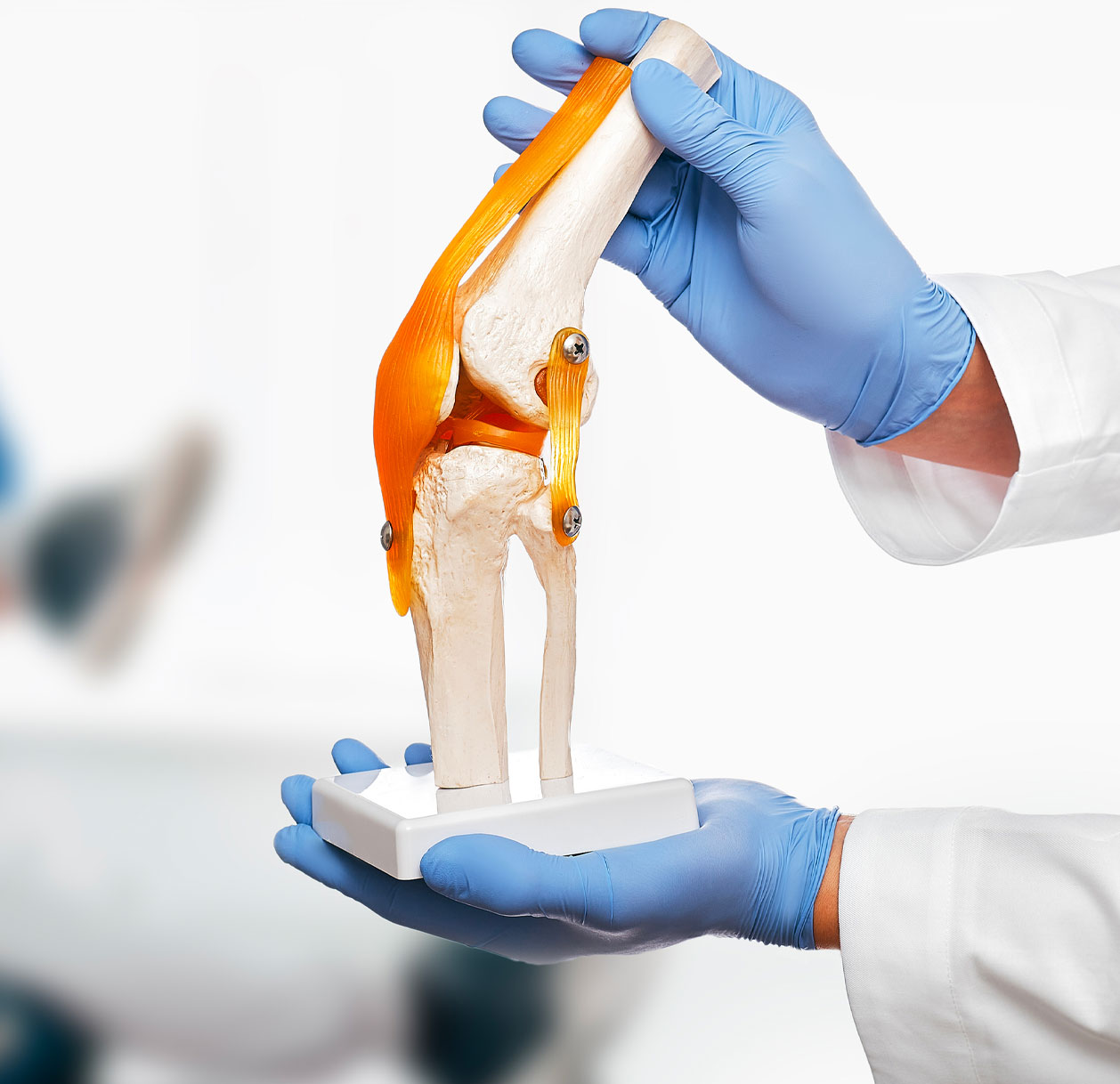
Knee Cartilage Tears
Meniscus or articular cartilage tears occur when the cartilage in the knee is damaged.
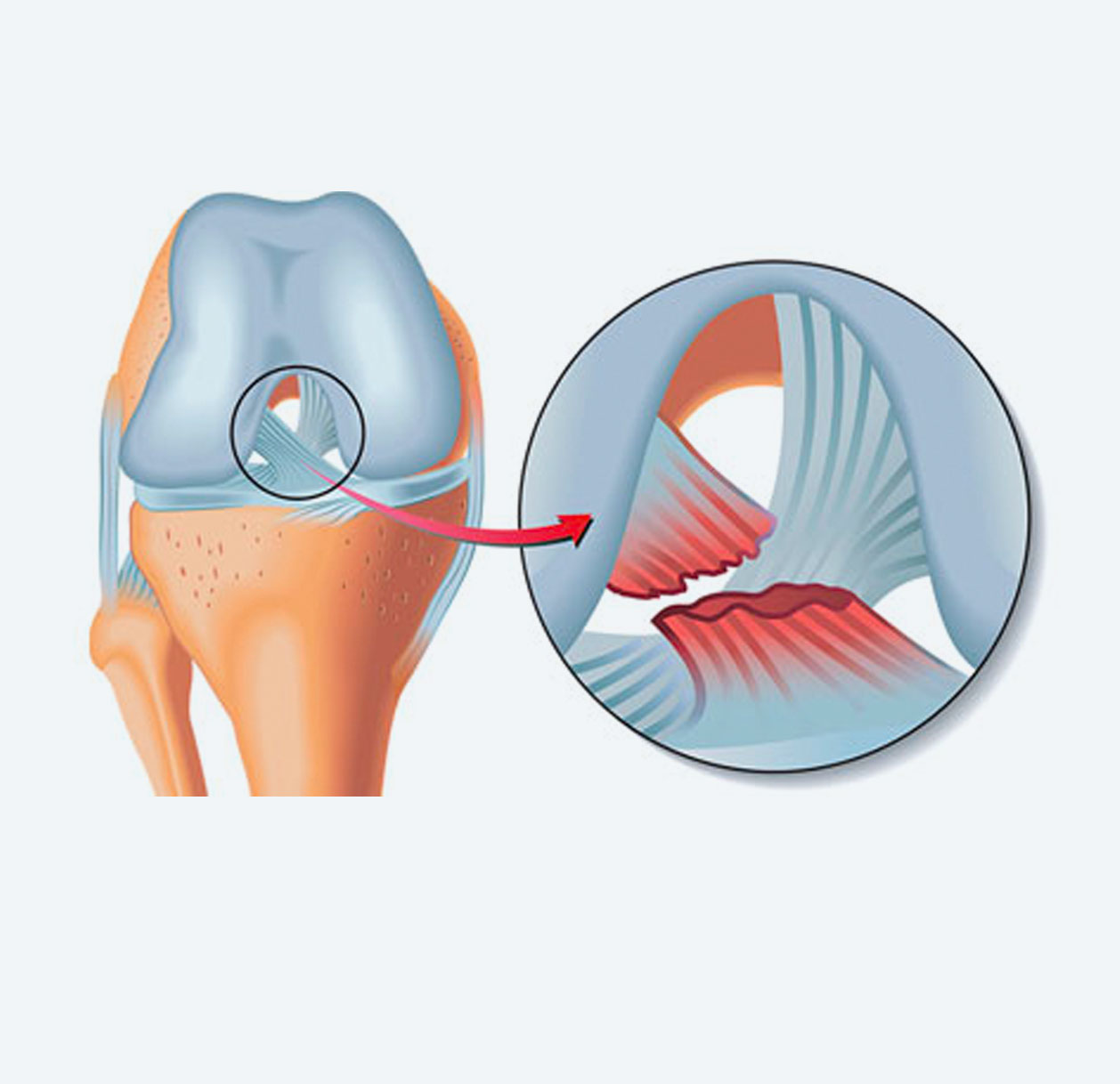
Knee Ligament Tears
Any direct blow to the knee or hard muscle contraction may cause collateral or cruciate ligament injuries.
A tear of the anterior cruciate ligament (ACL) is often accompanied with damage to cartilage, meniscus and other ligaments.
Reach us at 9711 8888 for same-day or next-day consultation

Knee Tendon Inflammation
Also known as jumper's knee, inflammation of your patellar tendon occurs when your tendon is strained.
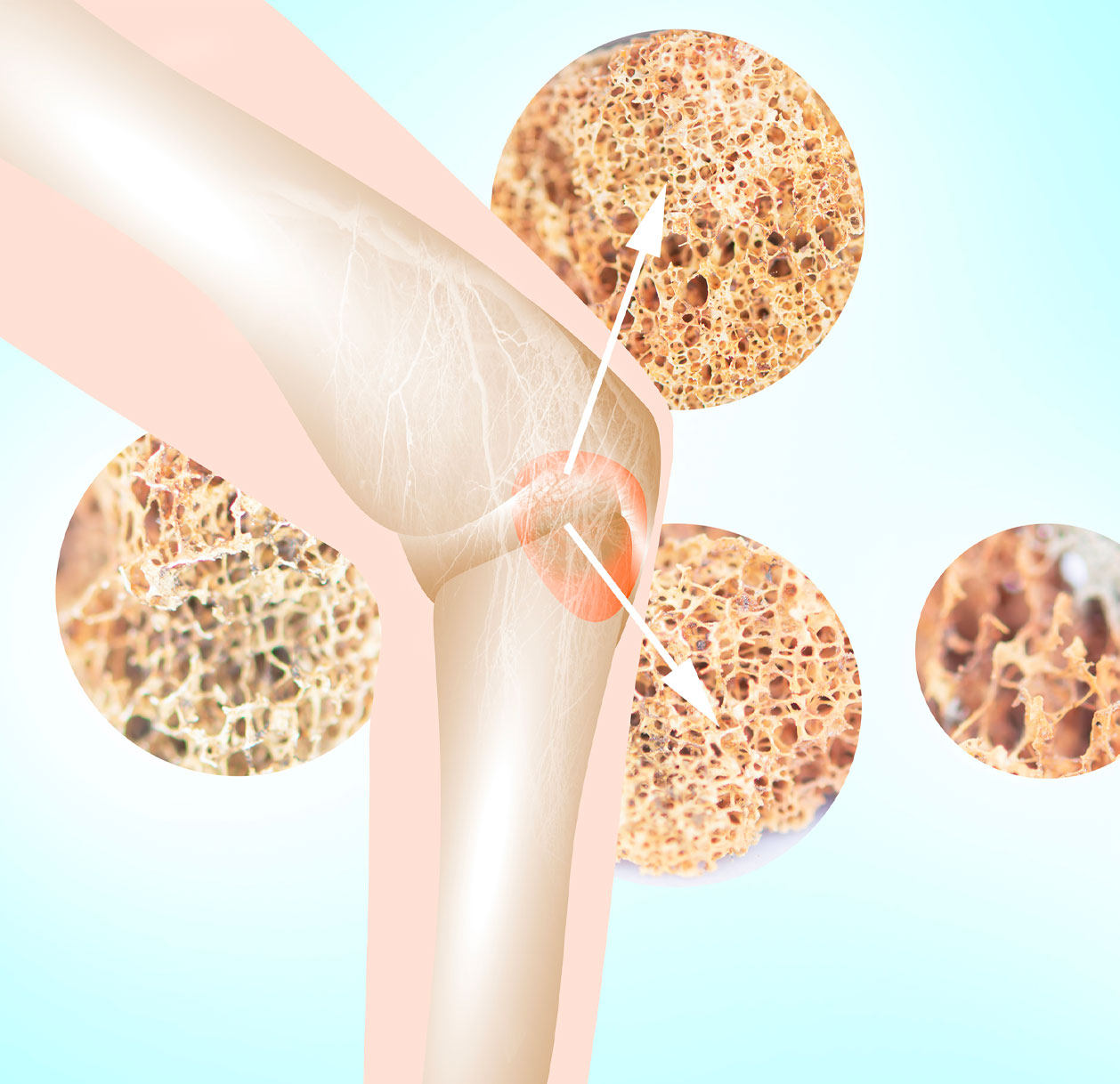
Bone Marrow Lesions (BMLs)
Bone Marrow Lesions (BMLs), also known as “bone void,” are the areas with fluid build-up in the bone marrow just below the knee joint cartilages (subchondral region). Detected on Magnetic Resonance Imaging, BMLs reflect a healing response surrounding a microfracture within the subchondral bone.
BMLs can be a source of significant pain and functional impairment.
When left untreated, these microfractures in the subchondral bone may weaken the bone and cause fractures of the joint cartilage, collapse of the articular surfaces, and advanced arthritis.

Knee Arthritis
Arthritis in the knee is due to worn or damaged cartilage, and can affect your mobility and quality of life.
Types and Causes of Knee Arthritis
- Osteoarthritis
degenerative arthritis where the cartilage that cushions the joint wears away gradually, resulting in bone rubbing on bone, and painful osteophytes (bone spurs).
- Rheumatoid arthritis
a chronic inflammatory disease, in which the body’s immune system attacks itself. When advanced in stage, even standing and walking can become painful.
- Post-traumatic arthritis
as a result of injury to the knee that damages the cartilage, changes the joint mechanics, and leads to premature deterioration.

